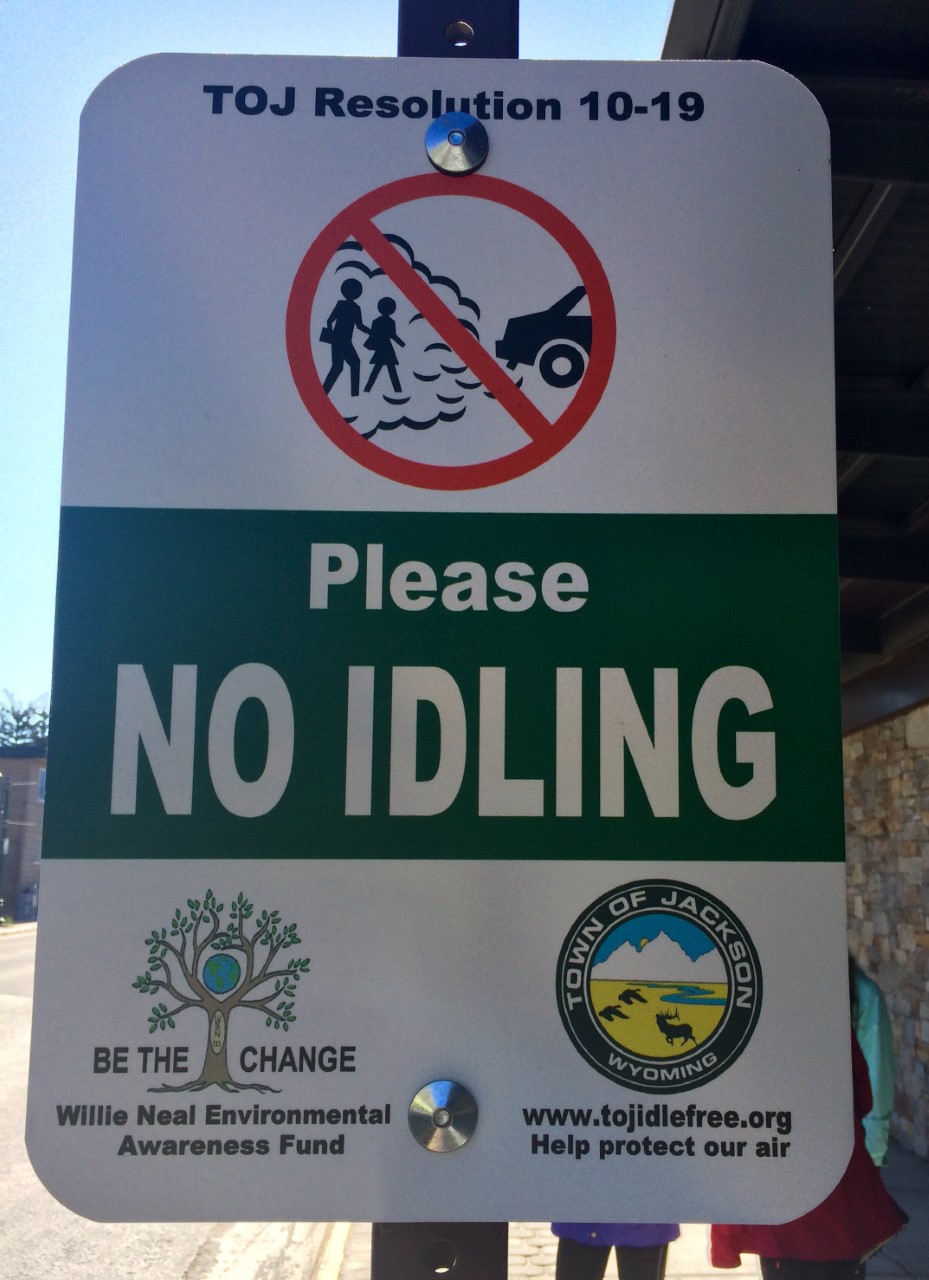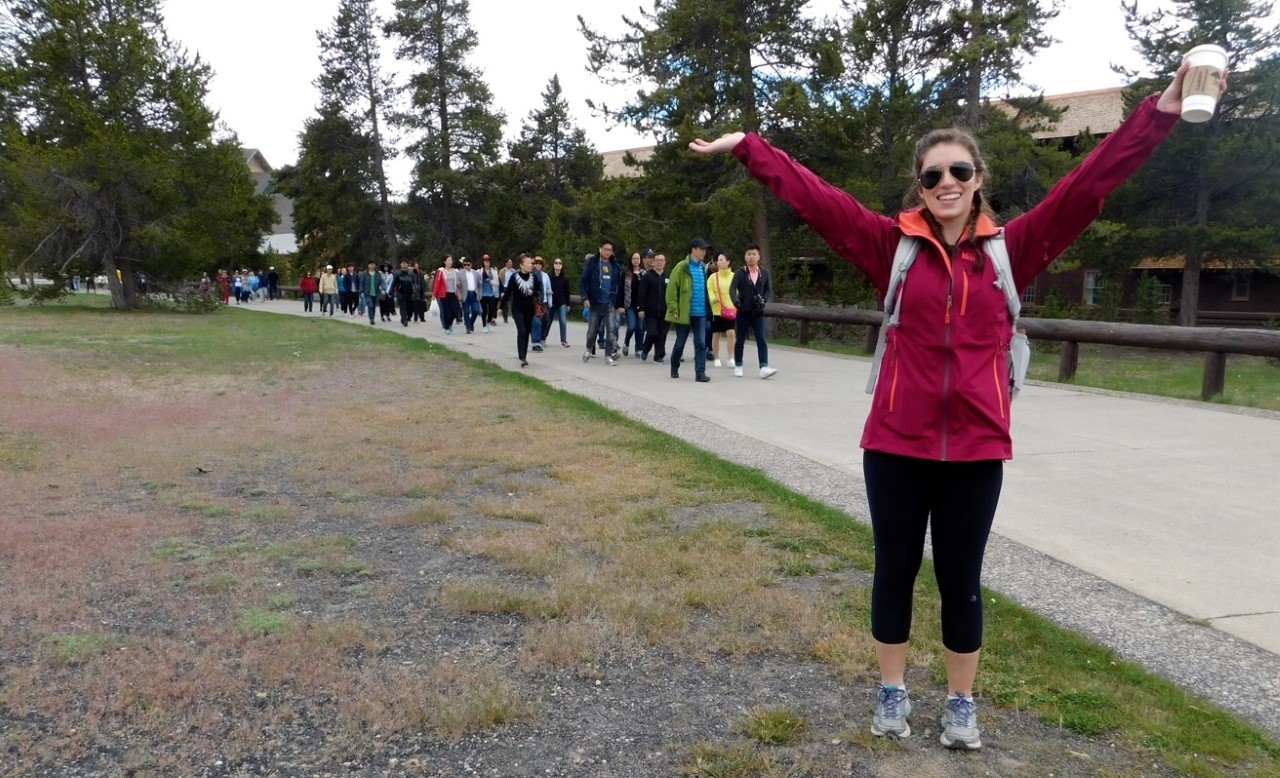





For the benefit and enjoyment of the people; who are the people benefiting and enjoying Yellowstone National Park?
#whostheweatYNP
Demographics of the United States:

With 323,543,308 people in the United States as of May 2016, why did only 4,095,317 people, about 1% of the population, visit the park in 2015? Is it a question of money, time, physical inability, health issues, weather, distance, or do people just not want to visit America’s First National Park? With an entrance fee anywhere from fifteen to thirty dollars, it’s not an entrance fee that will break the bank for people in surrounding states that are only a short drive away. But still, people in surrounding states such as Montana, Utah, Idaho, South Dakota, and Nebraska have never traveled into the boundaries of Yellowstone. California being the leading state population of 40 million people in The United States and only two states away from Wyoming, you’d think there would be more visitors to the park each year. The typical U.S. worker at a private company gets 10 days of paid vacation and six paid holidays per year, why isn’t the typical U.S. worker using those days to go to Yellowstone? Who is the typical American?
An SRS published in 2014 by the University of Montana-Missoula analyzed the demographics of Yellowstone National Park visitors. Factors that were analyzed included: mean age, state of residence, household income, and level of education. The average age of Yellowstone visitors was 56 years old, the trend of an aging population has been seen at all national parks across America. 35.4% of respondents have attained a Bachelor’s degree and 38.7% have a post-graduate level degree. More than 60% of the respondents had a household income between $50,000 and $150,000 resulting in an average household income that is higher than the national average of $51,000. The top five sates that visitors reside in are: Montana, California, Texas, Colorado, and Washington.
Obstacles are one of the main factors that play into individuals visiting Yellowstone National Park. Accessibility to the park isn’t always ideal either. Many individuals are effected by issues such as limited wheelchair access areas, impaired hearing and vision, overall health issues, and much more. As described by the National Park Services, “Extra obstacles will be encountered because of the remote, wilderness nature of this special place”. In addition to physical barriers that could prevent individuals from visiting the park, money and phobias can factor in as an obstacle as well. The fee to enter the park is varied by vehicle and the amount of people per vehicle. If you are a private, non- commercial vehicle it’s 30 dollars, motorcycle or snowmobile is 25 dollars, individuals by foot, or bicycle is 15 dollars per person under 16 and 20 dollars per person older than 16. The entrance fee is for a seven – day pass. For commercial tour buses, 1-6 seats are 25 dollars with an additional 15 dollars per person. A van with 7-15 seats is 125 dollars, a mini bus with 16-25 seats is 200 dollars, and a motor coach with 26 or more seats is 300 dollars. With the National Park being 3,472 square miles, someone with a walking disability is going to have a much harder time getting around the park. Having a phobia could also prevent an individual from coming to the park whether their phobia is the fear of flying from state to state, driving across the country, being at extreme heights and altitudes, or just an overall increased anxiety from a lack of safety in a different environment. Regardless of whether it’s a physical, materialistic, or emotional obstacle there are multiple obstacles that can prevent someone from experiencing the beauty and adventure that Yellowstone National Park has to hold.
Cites you can access the information above from:
http://www.yellowstone.co/stats.htm
https://www.census.gov/quickfacts/dashboard/PST045215/00
https://www.nps.gov/yell/planyourvisit/accessibility.htm
https://www.nps.gov/yell/planyourvisit/parkfacts.htm
https://www.nps.gov/yell/planyourvisit/fees.htm
http://www.cnn.com/2015/03/19/us/im-national-parks-older-visitors-morgan-spurlock/
http://scholarworks.umt.edu/cgi/viewcontent.cgi?article=1297&context=itrr_pubs
The “we” of Pack 9 includes students Ashley Brown, Frida Cruz, and Erica Mawyer. We’re on a journey to Yellowstone National Park in Wyoming and we couldn’t be more thrilled for the adventure we’re about to dive into. All three of us are Juniors at Longwood University and plan to graduate in May of 2017. Ashley Brown and Erica Mawyer are Kinesiology (Physical Education and Health Education) majors, while Frida Cruz is an Environmental Science Major.

What made us want to go to Yellowstone National Park?
Erica:
I wanted to participate in the Yellowstone trip because this is a once in a lifetime opportunity. Whether it’s because of the amazing faculty, getting to know other students, experiencing the West coast, or being able to see incredible sights I knew I had to participate. Having faculty who are so passionate and knowledgeable about this trip plus outside resources being used to enhance our knowledge made my willingness to participate even higher. I imagine this trip will really help me see and think about issues differently and how people can be impacted. I wanted to go on this trip to experience a whole new scenery and be immersed in a different culture.
Ashley:
Yellowstone has been calling my name for a long time. After falling in love with hiking and the outdoors at a young age, I knew at some point in my life I would make the journey out west to Yellowstone National Park. Once I heard about Longwood’s program, I knew I had to be apart of it. I was hesitant because some parts of the trip were a little out of my comfort zone, but I also know that’s a good place to be sometimes–and this was one of those times. I’m also looking forward to working with others and seeing other perspectives of people in this world, including other students at Longwood. YNP has so much to offer and I can’t wait to learn more about America’s First National Park and experience the adventure of a lifetime.
Frida:
Originally, I decided to go to YNP because I figured it would be a pretty nice place to write some papers, for the English course I plan to take. As an environmental science major, I have always greatly appreciated what nature has to offer in regards to aesthetics, natural resources, natural services, and strongly support its preservation. YNP was the first National Park and began the movement for preservation in the United States, I knew I needed to check out the place that began a movement for preservation. I imagine the land to be overwhelmingly beautiful that the need for environmental preservation was so obvious.
Although I already had a strong desire to see Yellowstone in person, through the pre-departure course I was given more reasons to want to go, realizing that a nice place to write a paper is only a small portion of was YNP has to offer. Working in an unfamiliar area and studying with students with interdisciplinary perspectives offers the opportunity to study issues more broadly than I would have ever considered. This experience will give me a better perspective when solving future issues within my own disciplinary.